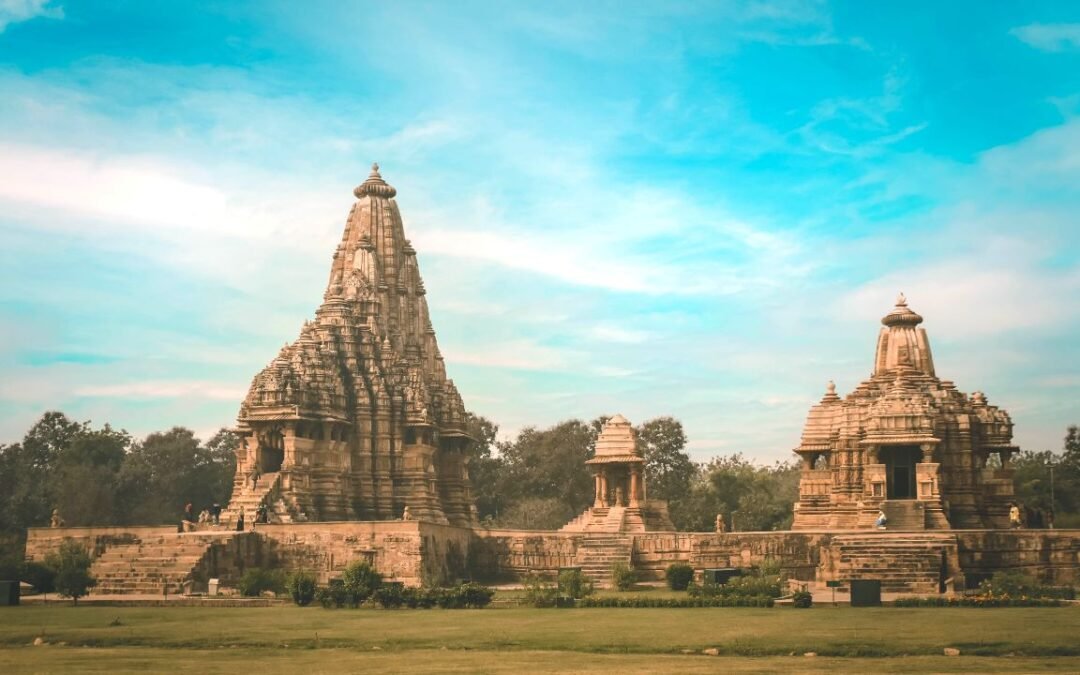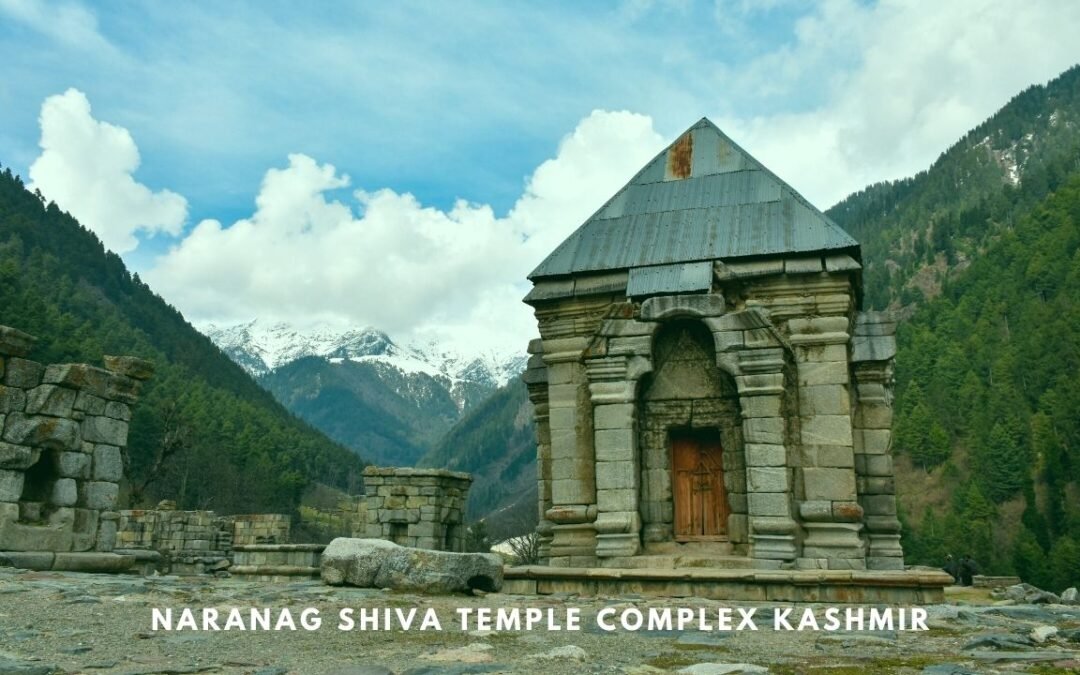Humayun’s Tomb in Delhi is one of the place I had been always fascinated since I read about it in my history class. I still remember our history class about the Mughal period. Our teacher was so vivid in her description that I would always be transported to that era. And I always had the special liking for the historical monuments. Visiting a monument, walking along the huge corridors, gaping at the intricate designs, all these transports me back to those eras.

Humayun’s Tomb – The paradise
While reading about the Mughal emperor Humayun, I was equally fascinated by his tomb. Humayun’s tomb was built by his widow Hamida Banu Begam in 1569 after the death of Humayun in 1556. The location of the tomb is very near to the shrine of Nizamuddin Auliya, the important Sufi saint of Chistiya order. The Chistiya saints were reveredby the Mughals. Humayun’s son Akbar had built his for at Fateh-pur-Sikri near the shrine of Salim Chisti, another saint of Chistiya order.

View from the open terrace
The architecture of the tomb was inspired by the Persian style and is said to be the first proper example of Mughal architecture. It was also the first of its kind garden tomb built in India. This mausoleum was path breaking during those times and later paved the way for building of many such tombs in India and even the Taj Mahal. Mirak Mirza Ghiyath, a Persian was the architect behind the splendid tomb. The tomb was constructed at a cost of Rupees 15 lakhs.

The arched domes reflect the Persian style of architecture
The tomb stands at the centre of a square garden, divided into four main parts by causeways (Charbagh). In the center ran shallow water channels. These water channels were said to act as natural coolants in those days! In fact, the entire style gave the impression of paradise. The mausoleum was a fusion of Persian and Indian styles as seen by the arched alcoves, corridors and the high double domes. The central room is contains the cenotaph of the Emperor Humayun.

The cenotaph of the Emperor
You can enter the tomb area through either of the two lofty double storeyed gateways. A pavilion and bath chamber (hammam) adorned the eastern side.

The arched gallery

The beautiful and intricate decorations
The mausoleum was made by red sandstone with marble works in between. From the 17th to the 19th century, the garden was filled with the tombs of the descendants of Humayun. In fact, the place had earned the name of necropolis of Mughal Dynasty.

Humayun’s Tomb in the midst of Charbagh
Isa Khan’s Tomb:
Later Sher Shah Suri had extended the mausoleum complex after he had overthrown Humayun during 1540. On the south-western side of the Humayun’s tomb the tomb of Isa Khan is located. Isa Khan was a noble at the court and most trusted lieutenant of Sher Shah Suri. Even after the death of Sher Shah Suri, Isa Khan continued to serve Islam Shah Suri, the successor of Sher Shah Suri. It was during his reign that the tomb of Isa Khan was built. This tomb was built mainly of grey quartzite and red sandstone. The tomb is entered through the northern side from a gateway that leads to a flight of steps. The main gate and the main chamber are in a dilapidated condition.

Isa Khan’s Tomb

A beautiful structure
It is believed that Bahadur Shah Zafar had taken refuge in this tomb with his three sons during the first war Independence in 1857

Afsarwala Mosque
Bu Halima’s Garden and Tomb:
The exact identity of Bu Halima is not known in history and not much is known about the lady. But a beautiful garden along with an unusual tomb is located in Humayun’s tomb compelx located at the western side of the Complex. It is however believed that Bu Halima held an important position in Humayun’s palace to have a garden named after her. The tomb is not placed in the middle of the garden as is the case with most others. Also the Cenotaph lies exposed unlike other tombs.

Bu Halima gateway
Arab Serai Gate:
The sarai was built by Humayun’s widow Haji Begum for about 300 Arab priests whom she brought from Mecca during her pilgrimage. The Arab Serai Gate (1560-61) is about 14 meters high and provided housing for craftsmen from Persia, who came for the construction of Humayun’s Tomb. Major part of the Arab Serai is today the Industrial training institute and inaccessible to the visitors.

Arab Serai Gateway
Nai Ka Gumbad:
Behind Humayuns Tomb, in the south-east corner, is Nai-ka-Gumbad, or Barber’s Tomb. It is said to be the tomb of the barber favourite to the emperor. He was indeed a lucky barber!

Nai Ka Gumbad
Humayun’s tomb is a must visit place in Delhi. The historical buffs can get their dose of history while the architecture lovers will have a noteworthy visit. Even if you do not fall in these two categories, the luscious green gardens and the complex is sure to blow away your mind.

Flight of stairs leading to the terrace of Humayun’s Tomb

View from the terrace

The designs in the Humayun’s tomb
Some Facts:
Location: Located in Mathura Road at Nizamuddin, Delhi
How to reach: Nearest metro station is JLN Stadium. It is approximately 2 km from the metro station. You can take an auto from the metro station.
Entry Fees: Citizens of India and visitors of SAARC (Bangladesh, Nepal, Bhutan, Sri Lanka, Pakistan, Maldives and Afghanistan) and BIMSTEC Countries (Bangladesh, Nepal, Bhutan, Sri Lanka, Thailand and Myanmar) – Rs. 10/- per head.
For others it is Rs.250/-
Photography charges: Nil.
Rs.25/- for video filming.
Open on: Everyday from sunrise to sunset.
Visit to Humayun’s tomb can be done with Lodhi Gardens and Hazrat Nizamuddin Dargah









Good writing.I have many fond memories of Humayuns Tomb during my stay at Delhi. Didn’t you clicked the Neela Gumbad…The Blue Dome shich looks stunning from gardens of the Tomb.
Beautiful pics. I would love to visit this place.
Never been here… would love to some day, especially after your post 🙂
Nice to read. Beautiful photos.
Hi
I am Neel Dogra and I undertake a few heritage walks, including Humayn’s tomb, in Delhi and Punjab. Next time you are in Delhi please spare a few hours for Humayun’s tomb walk with me. May be you would re write this post. 🙂
Warmly
Neel Dogra